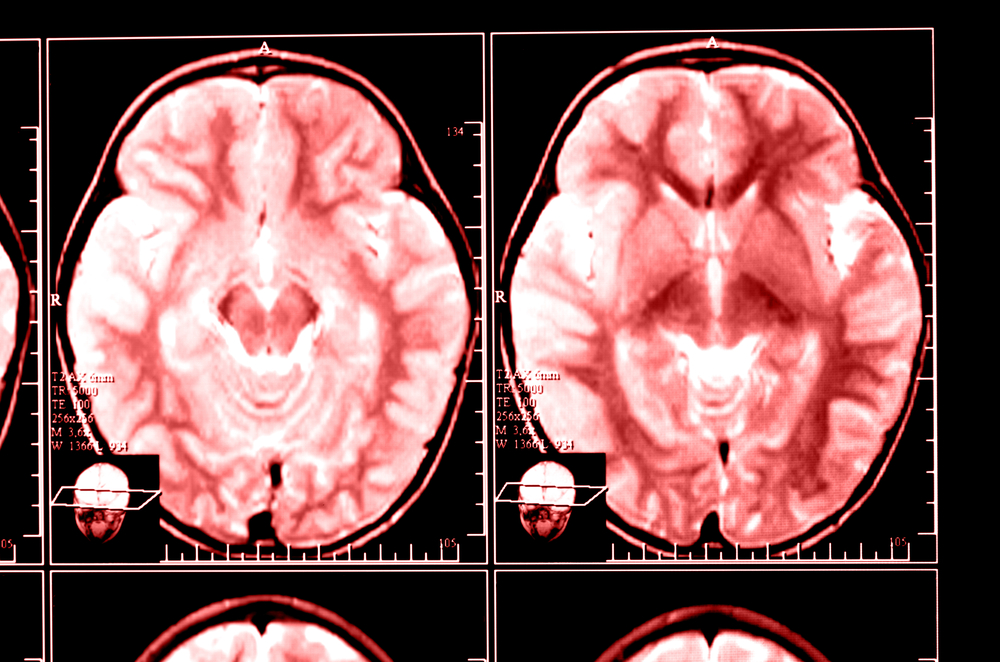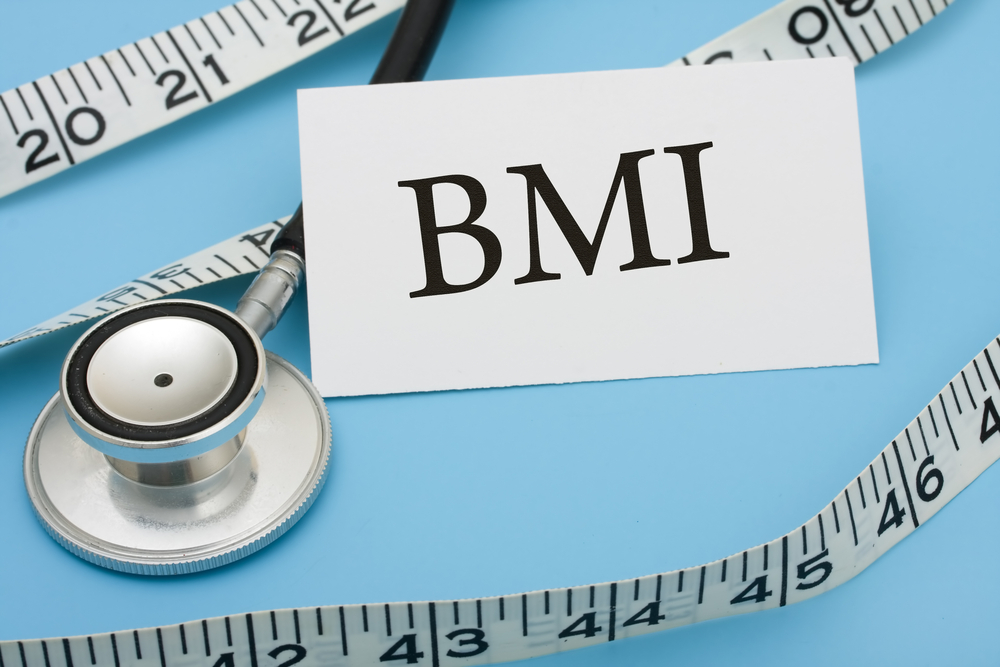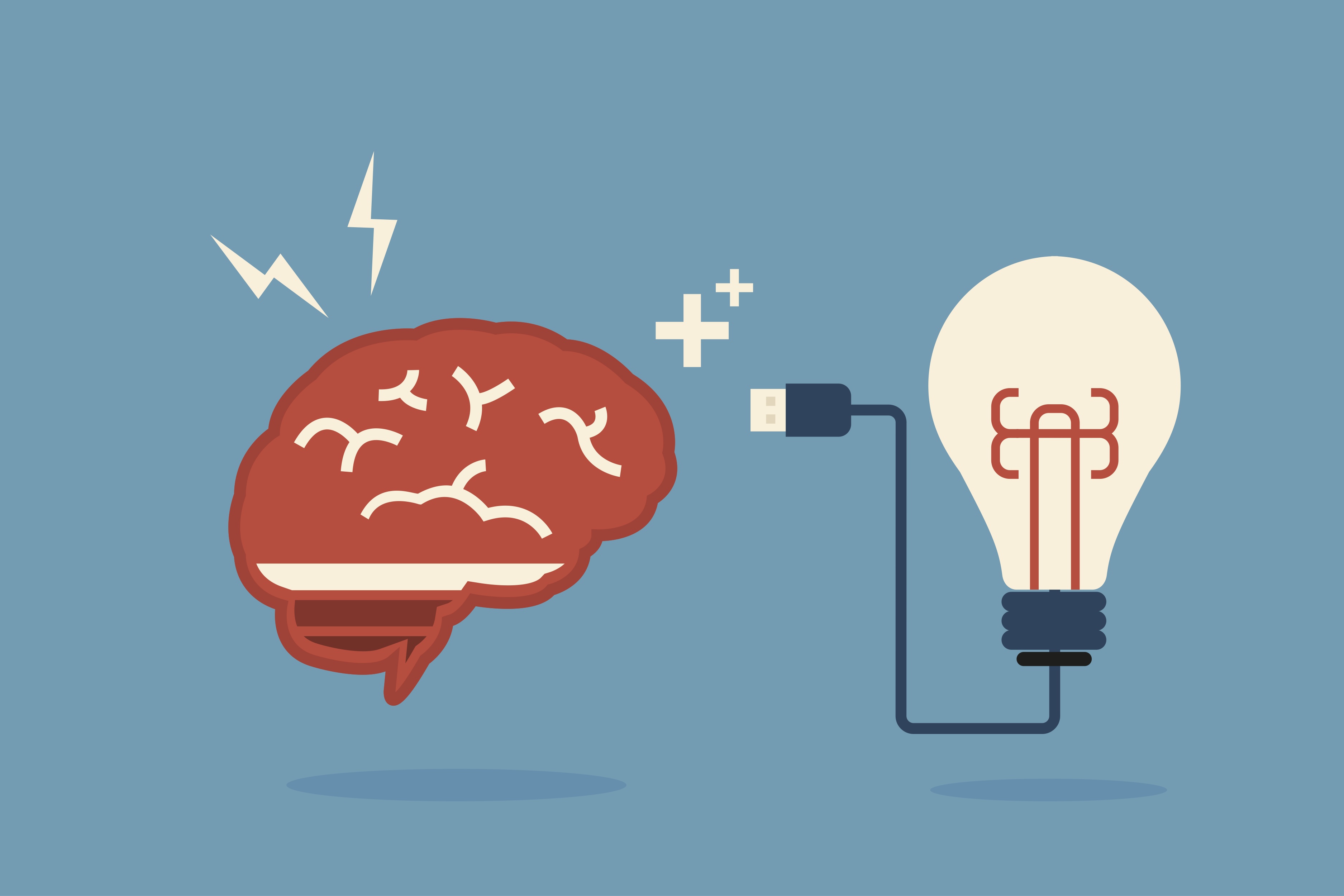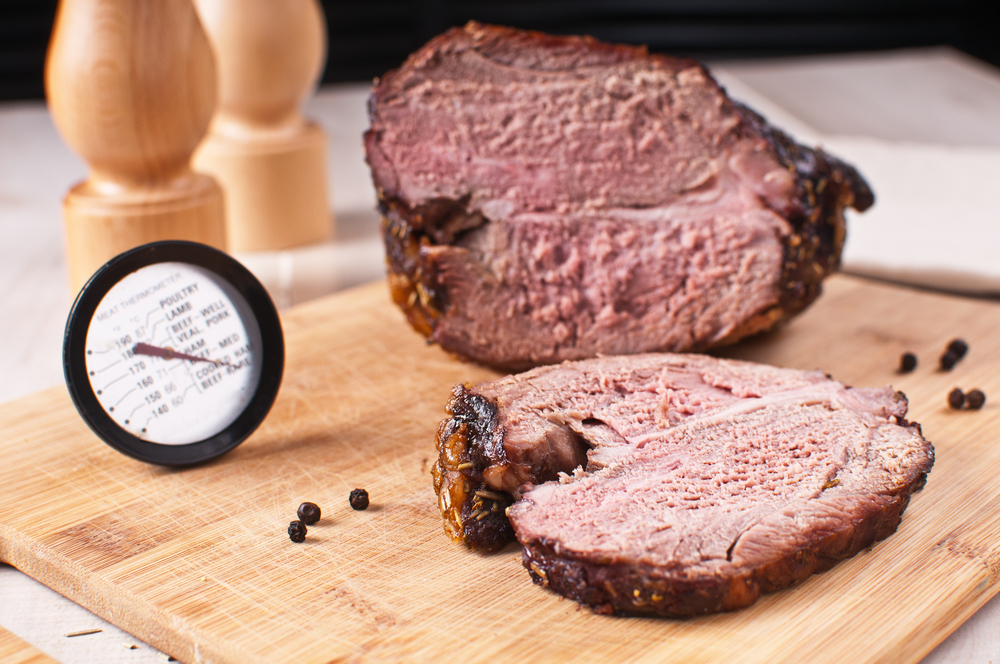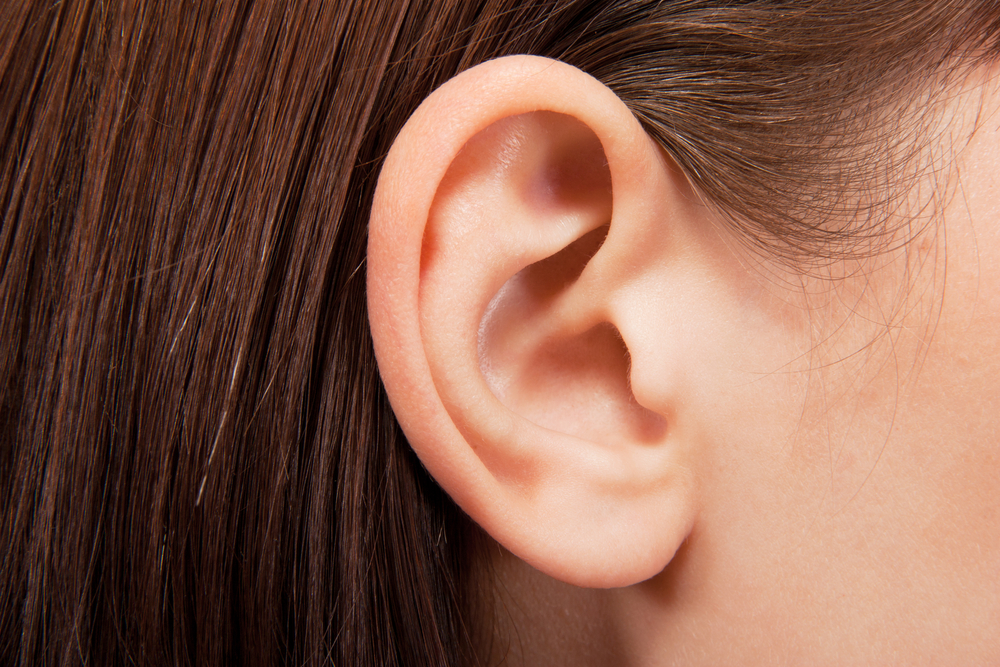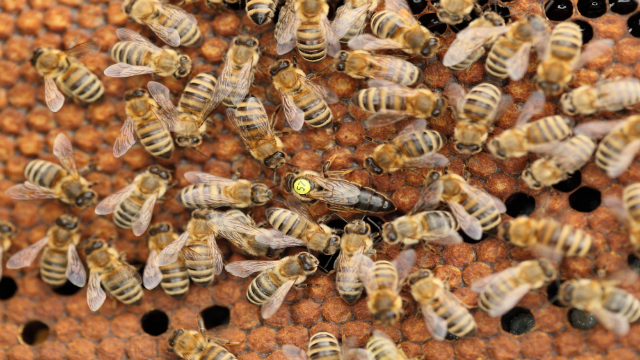Surprising Science
All Stories
A new study suggests that the necessary ingredients for life existed on Mars first, back when it was far more hospitable than it is now, and arrived here via a meteorite.
University of Nevada-Reno engineers have created a composite of nickel titanium — the material that gives eyeglass frames their flexibility — that can reinforce and stabilize bridges better than traditional steel and concrete.
The University of Newcastle plans to build a plant that will test a method of converting carbon emissions to inert “bricks” that could eventually be used in construction.
First discovered in 2004, the as-yet-unnamed element will eventually occupy a spot in the periodic table between two other elements that got their official names just last year.
Discovered in the constellation of Capricornus with the help of the Very Large Telescope (VLT), HIP 102152’s characteristics confirm longstanding scientific speculation about how stars like ours age.
According to government estimates, over half a million young people between the ages of 12 and 18 have problems with Internet addiction. The program will address the severe lack of treatment available from public and private institutions.
Neuroscientists have taught a computer program how pixels from brain scans correspond to individual pixels in letters of the alphabet.
Long considered an area in which willpower reigned supreme, new scientific analyses suggest there is a positive correlation between viewing violence and acting violently.
Mood has long been known to affect health, with those living in consistently happier states enjoying a lower risk of disease.
Because research has found that a person’s willpower is a limited resource, it was believed that eating sugary foods could replenish the will’s strength.
Some people classified as obese by the Body Mass Index may outlive those with normal weight, suggesting that while the BMI is pretty good, it is not perfect.
The amounts of copper readily found in the water we drink, food we eat, and vitamins we take, likely play a key role in the development of Alzheimer’s disease.
A genetic test to be marketed directly to consumers will test an individual’s genetic make up to determine how he or she will react to prescription drugs.
The success of Paris’ program has helped to make it an EV mecca, and similar programs are now being planned for other locations, including Indianapolis. However, it’s unclear whether they will increase EV popularity overall.
South Korean researchers unveiled the aptly-named — and extremely expensive — Armadillo-T prototype earlier this week. When folded, it takes up only one-third of a 5-meter parking space.
Two Chalmers University of Technology students designed a nearly-all-steel chair with alternating seat positions that give users better leverage when navigating down unpaved roads and around other obstacles.
University of Washington researchers hope to create a battery-free Internet of Things by developing communication devices that transmit data with the help of existing ambient electromagnetic energy.
One spritz of Sprayable Energy onto the skin delivers the caffeine equivalent of a quarter-cup’s worth of coffee. Developers Ben Yu and Deven Soni say they want to pitch it to people who are trying to regulate their intake.
First launched in 2009, the Wide-field Infrared Survey Explorer (WISE) spacecraft has been asleep in polar orbit for two years. Next month, it’ll be turned back on to help locate potentially dangerous near-Earth objects.
Earlier this month, Lu Ann Ballew, a judge in Tennessee, decided that seven-month-old Messiah Deshawn Martin must lose his first name. Her reasoning is inspiring condemnation from across the religious […]
Within the first 30 seconds after cardiac arrest, there is a widespread, transient surge of highly synchronized brain activity that had features associated with a highly aroused brain.
An American firm has created the world’s first brain implant that delivers treatment while recording brain activity as a way of anticipating future health changes.
A new idea out of Durham, North Carolina, may make locally grown urban produce more commercially viable than ever before.
A recent string of high-profile legal events suggest that government institutions are beginning to bend to public opinion.
World meat demand is at an all time high, despite its lack of nutritional benefits given alternatives like beans, nuts, quinoa, and tofu.
Biologists at Princeton University have used 3-D printing technology to create a bionic ear capable of detecting frequencies one million times higher than the normal range of hearing.
Literally: An eight-foot sculpture outside the building records complaints, which are then played over speakers installed in the offices of the citizens’ affairs bureau. Useful suggestions are stored, while the rest become mood music.
Scientists at Duke University stimulated sensory neurons in a way that eventually allowed six rats to locate light signals that are invisible to the (unmodified) naked eye.
Thought experiment: can we communicate across species in a way that might facilitate a greater deeper relationship between us? Experimental philosopher Jonathon Keats gave it a shot.
Currently undergoing trials in rural parts of Kenya is PEEK, an app that turns a phone into a portable optician’s device capable of capturing, storing, and e-mailing eye images.






